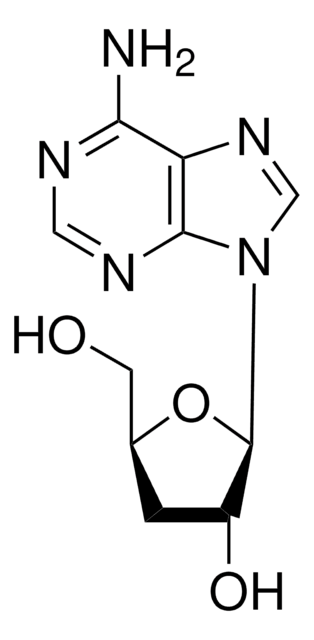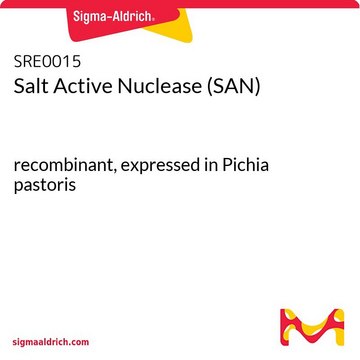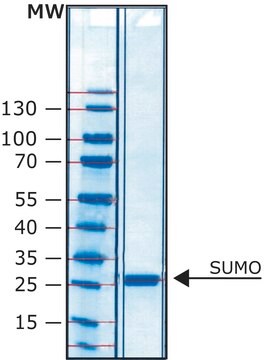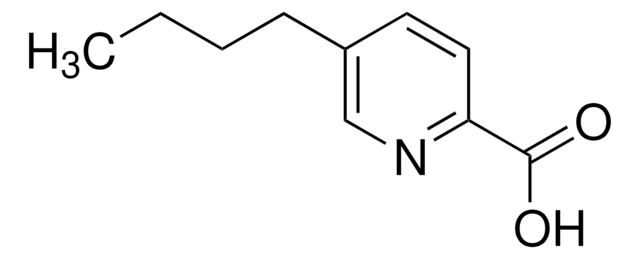T6901
α1-Mating Factor acetate salt
≥93% (HPLC), synthetic
About This Item
Prodotti consigliati
Origine biologica
synthetic
Livello qualitativo
Saggio
≥93% (HPLC)
Stato
powder
tecniche
cell culture | mammalian: suitable
Temperatura di conservazione
−20°C
Stringa SMILE
CSCCC(NC(=O)C1CCCN1C(=O)C(CCC(N)=O)NC(=O)CNC(=O)C2CCCN2C(=O)C(CCCCN)NC(=O)C(CC(C)C)NC(=O)C(CCC(N)=O)NC(=O)C(CC(C)C)NC(=O)C(Cc3c[nH]c4ccccc34)NC(=O)C(Cc5cnc[nH]5)NC(=O)C(N)Cc6c[nH]c7ccccc67)C(=O)NC(Cc8ccc(O)cc8)C(O)=O
InChI
1S/C82H114N20O17S/c1-45(2)34-61(98-76(112)63(38-49-41-89-56-17-9-7-15-53(49)56)99-77(113)64(39-50-42-87-44-91-50)96-71(107)54(84)37-48-40-88-55-16-8-6-14-52(48)55)74(110)93-57(25-27-68(85)104)72(108)97-62(35-46(3)4)75(111)95-59(18-10-11-30-83)80(116)101-31-12-19-66(101)78(114)90-43-70(106)92-60(26-28-69(86)105)81(117)102-32-13-20-67(102)79(115)94-58(29-33-120-5)73(109)100-65(82(118)119)36-47-21-23-51(103)24-22-47/h6-9,14-17,21-24,40-42,44-46,54,57-67,88-89,103H,10-13,18-20,25-39,43,83-84H2,1-5H3,(H2,85,104)(H2,86,105)(H,87,91)(H,90,114)(H,92,106)(H,93,110)(H,94,115)(H,95,111)(H,96,107)(H,97,108)(H,98,112)(H,99,113)(H,100,109)(H,118,119)
SBKVPJHMSUXZTA-UHFFFAOYSA-N
Amino Acid Sequence
Applicazioni
Azioni biochim/fisiol
Nota sulla preparazione
Codice della classe di stoccaggio
11 - Combustible Solids
Classe di pericolosità dell'acqua (WGK)
WGK 3
Punto d’infiammabilità (°F)
Not applicable
Punto d’infiammabilità (°C)
Not applicable
Dispositivi di protezione individuale
Eyeshields, Gloves, type N95 (US)
Scegli una delle versioni più recenti:
Possiedi già questo prodotto?
I documenti relativi ai prodotti acquistati recentemente sono disponibili nell’Archivio dei documenti.
Il team dei nostri ricercatori vanta grande esperienza in tutte le aree della ricerca quali Life Science, scienza dei materiali, sintesi chimica, cromatografia, discipline analitiche, ecc..
Contatta l'Assistenza Tecnica.








